If you get the chance to visit the British School at Rome, grasp it with both hands, writes Eleanor Jolliffe
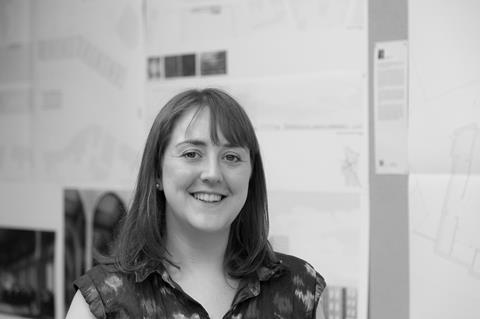
The British School at Rome (BSR) relaunched its Faculty of Architecture last year. I know plans are underway to invigorate and expand the role of architects at the BSR, and to introduce more practising architects to spend time there.
I have recently returned from my three months as the Rome Scholar in Architecture and would recommend the experience unreservedly to any architect. For a week, a month, or a year – it is a truly special place.
The BSR is an interdisciplinary research centre supporting the arts, humanities and architecture. It has its own (excellent) library, study bedrooms, artists studios and full complement of expert academic and local staff with contacts into research and arts networks across Rome, and Italy more broadly.
It was a privilege for me to step back from a busy life in a large practice, for a period of academic, more meditative work. As well as the insights into late mediaeval and early renaissance Roman urbanism I had hoped to gain, it gave me space to reflect on my practice; what type of architect I am becoming, and whether I’m happy about that.
I won’t pretend to have reached any grand conclusions yet; though I have some potential thoughts and changes in the pipeline. Time will tell if any of them come to fruition.
I found myself sitting and chatting to a wide range of people, about everything from Egyptology in the Italian Renaissance
Being at the BSR is a little like time in university halls – maybe an Oxbridge college (I don’t know, I was at Nottingham). A bell rings to summon you to meals, and you’re encouraged to sit at the next empty seat around three long tables.
As well as the artists, scholars and architect in residence there may be any number of writers, academics and students passing through on short visits of a week or so. I found myself sitting and chatting to a wide range of people, about everything from Egyptology in the Italian Renaissance, to Latin sententiae and the philosophy of physics.
Usually half the conversations went over my head, but the same was true for others when I launched into the place of beauty in the defence of cities in the early renaissance. Aside from interesting dinner conversation though, this interdisciplinary friendship opened new avenues of thought and perspectives on what I was researching.
I’ve spent a long time working in close proximity to brains trained very similarly to mine – to be around this diversity of thinking was illuminating.
There’s also the opportunity to regularly attend talks, art openings or musical recitals (and parties) at the research institutes of other countries. I made it to the Dutch, Swiss, Norwegian, Finnish and American academies during my time there and am still annoyed that I missed an exhibition opening at the French Academy, because their building is the Villa Medici.
Again, it’s fun, but the conversations and relationships that develop with people from around the world have further broadened my perspective and, I hope, my approach to new ideas.
The BSR has been building these networks for decades and its alumni are a loyal bunch. As they come through, many researchers offer talks or tours relating to their area.
Whilst I was there I was able to tour the archaeological site under the Lateran cathedral led by Prof. Ian Haynes, visit the Etrusan tombs at Tarquinia and the mediaeval aqueducts of Siena with a university group from Anconna. I also got a masterclass in Roman brickwork at Ostia Antica one Saturday morning from civil engineer turned archaeologist Janet DeLaine.
For those willing to embrace its esoteric nature the BSR is an almost endless opportunity to embrace unique and unlikely, if usually rather scholarly, experiences.
Sign up to their newsletter, attend their online talks, and if you have the opportunity to visit… grasp it with both hands
This is all without Rome herself – anyone who has visited, even briefly, knows what a special city Rome is. Just being in it, looking, sketching and walking it felt like an education in itself. I could feel the city, and the almost overwhelming amount of art, training my eye and my design reflexes.
I can’t remember who said it of John Soane – that he went to Rome the son of a bricklayer, and returned an architect – but I agree with the sentiment. You’ll have to ask my colleagues if it was equally as impactful on me though!
On returning to the UK I was invited to a dinner by the architecture scholar alumni, all keen to reminisce about their time there. Of the twenty odd people in the room all had similarly extraordinary memories, and everyone I spoke to remembered it as a transformative moment in their architectural lives.
I am naturally rather an optimistic cynic but when I come to describe my time at the BSR and the impact it has had – even just a few weeks after leaving – all I can think of are cliched superlatives. Sign up to their newsletter, attend their online talks, and if you have the opportunity to visit, or to participate in their soon to be launched architecture summer school grasp it with both hands.
I can also let you know where the better gelato is found should you need that information too!









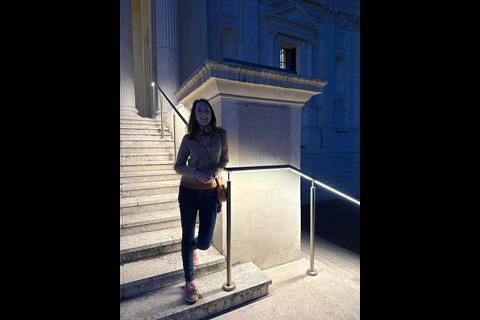
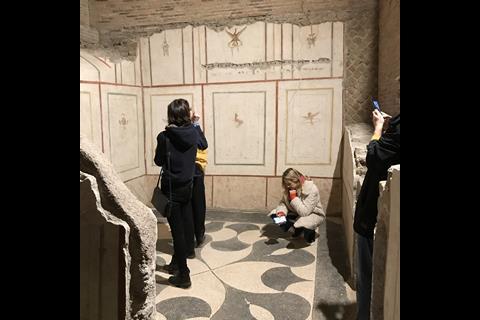

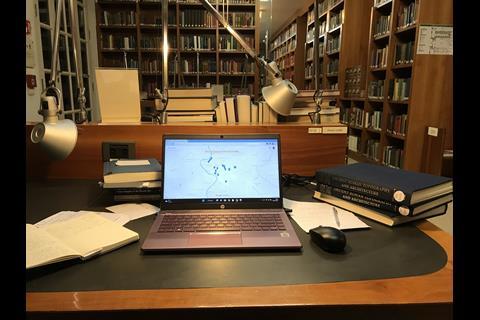
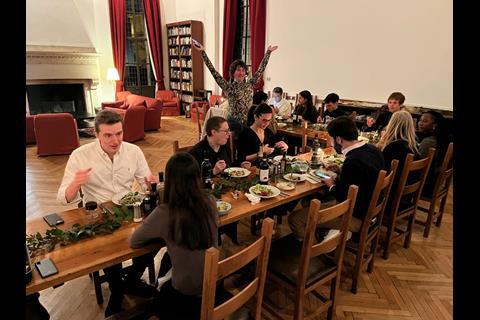







1 Readers' comment